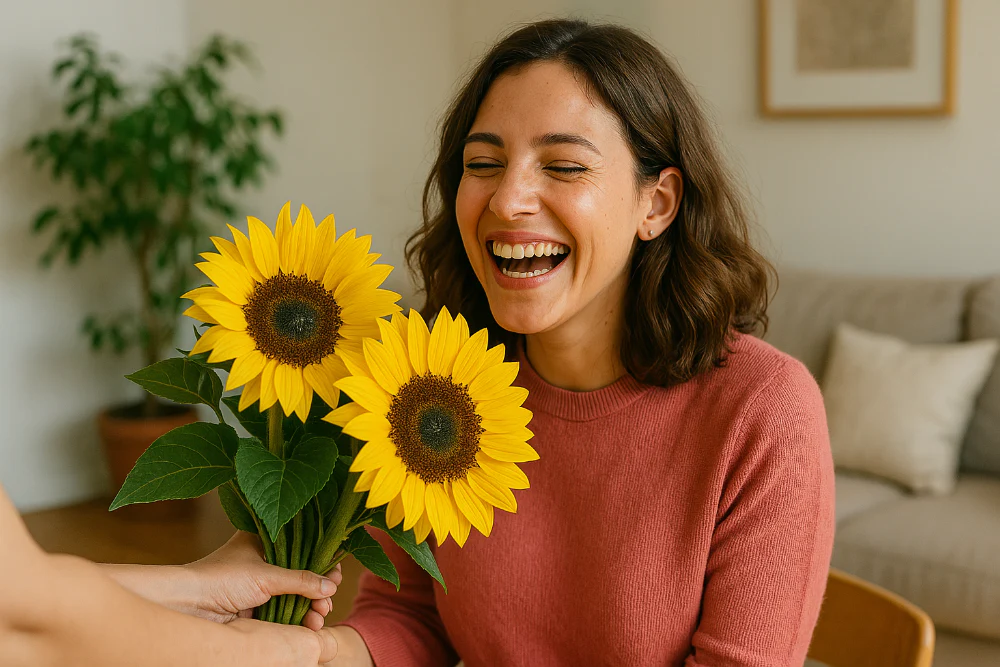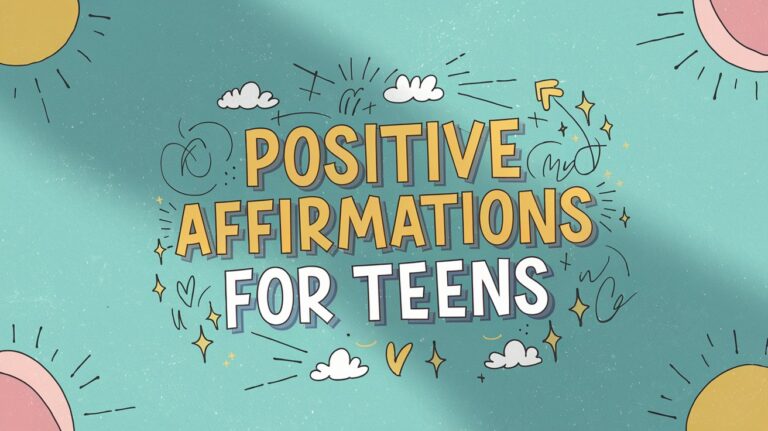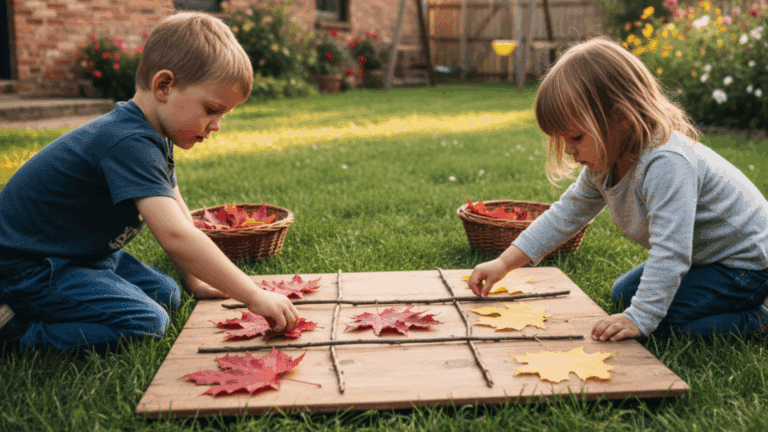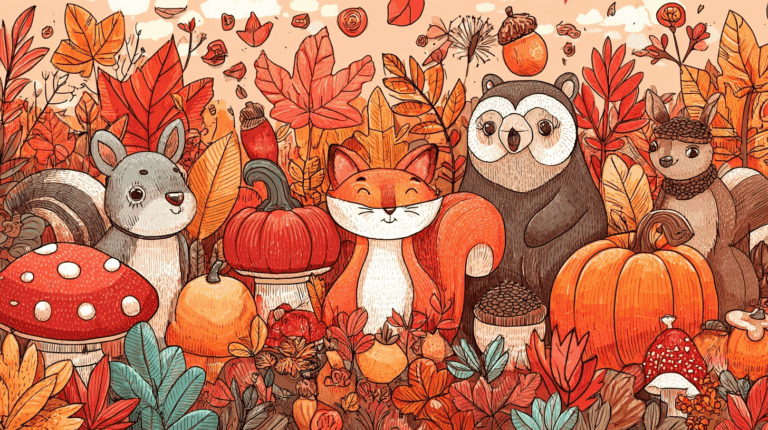Ever walked into a room and felt instantly calm just because there was a bouquet on the table? Or noticed how a single flower on your desk brightened your entire morning? That’s not just a coincidence. It’s biology and psychology at work.
More people are now turning to nature—not just for walks or vacations—but to bring peace and balance into everyday life. And the easiest way? Flowers and plants.
Whether it’s a sunflower in a vase or a trailing ivy in the corner, these little touches can do big things for the mind. Even local experts have taken notice of the shift. A florist Pleasantville residents often visit recently shared that more customers are buying flowers not for special occasions, but simply to feel better.
So why do plants have such an impact? Keep reading. The answer might be blooming right in front of you.
The Quiet Power of Nature Indoors
You don’t need a garden to experience nature’s benefits. Just adding a few plants indoors can shift the whole vibe of a space.
Think about it. A room filled with gray walls and buzzing electronics can feel draining. Now, picture that same room with greenery by the window and fresh flowers on the table. Different story, right?
Plants break up harsh lines. They soften spaces. They even clean the air. That alone can reduce headaches, fatigue, and that stuffy feeling that creeps in by 3 p.m.
Not to mention, caring for a plant adds gentle structure to your day. A quiet task. A tiny ritual. A reason to pause.
Mood Boosters in Bloom
Flowers have this uncanny ability to lift spirits. Not over days or weeks—sometimes in minutes. Research shows that people feel happier and more energetic after receiving flowers. And it’s not just about receiving gifts. Just seeing flowers can spark positive emotions.
Some flowers are particularly powerful:
- Gerberas are linked to reduced anxiety
- Roses tend to promote calm and emotional balance
- Tulips are associated with cheerfulness and hope
It’s like emotional aromatherapy—but visual. These natural mood shifters can work even when words don’t.
The Science Behind the Scents
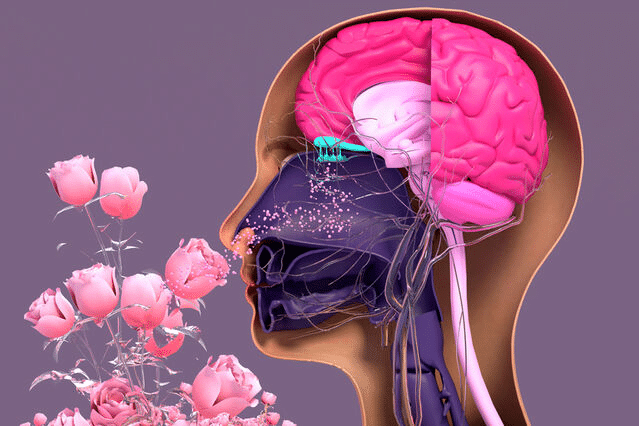
There’s something about the smell of lavender that makes your shoulders drop. Or the way jasmine seems to slow your thoughts. That’s no accident. The scents from flowers affect the limbic system—the part of the brain tied to emotions and memory.
Here’s what that means:
- Lavender lowers stress hormones
- Jasmine boosts alertness and mood
- Rose scent can reduce heart rate and anxiety
So, it’s not just pretty air. It’s brain chemistry in motion. Smells stick. And flowers bring some of the best ones nature has to offer.
Flowers and Productivity
Working from home or grinding through long hours at a desk? Flowers can help with that, too.
Studies show that having plants or flowers in your workspace can increase productivity by up to 15%. And not just work output—focus and creativity go up too.
Here’s why:
- Visual interest breaks monotony
- Color and nature reduce mental fatigue
- Scent cues can sharpen memory and recall
Even a small vase beside your laptop could make the difference between slogging through tasks and actually enjoying the workday.
Stress Reduction Starts with Petals
Stress can creep in fast. But flowers offer a surprisingly simple way to fight it off. Being around nature—even in a tiny way—can lower cortisol levels, the hormone responsible for stress. Just a short glance at petals can be enough to relax the nervous system.
One study showed that hospital patients with flowers in their rooms reported less pain and used fewer pain meds. The takeaway? Nature heals. Literally.
Add a few fresh blooms to your entryway or bedside table. They won’t cure everything—but they will make things easier.
The Color Psychology of Flowers
Color plays tricks on the brain. But in this case, they’re good ones.
Each flower hue carries its own emotional energy. And while responses can vary, some patterns hold across the board:
- Yellow boosts optimism and happiness
- Red stimulates energy and passion
- Blue encourages calm and stability
- White supports peace and clarity
If you’re picking flowers for yourself or someone else, consider how the colors might play into the mood you’re trying to build. Flowers aren’t just visual decorations—they’re silent influencers.
Plants as Companions in Mental Wellness
There’s comfort in caring for something. Even something small. Tending to plants can give people a sense of control. A bit of responsibility without pressure. Especially during tough times, that’s a big deal.
In mental health spaces, therapists often recommend plant care as a supplemental habit. It provides structure, focus, and a reason to stay present.
Whether it’s watering a fern or trimming a stem, these acts create small moments of mindfulness. They remind us we’re connected to something alive, something growing.
Flower Therapy in Daily Life
You don’t need a therapist or a botanical garden to benefit from flower therapy. You just need intention.
Try these easy ideas to bring blooms into your day:
- Put fresh flowers in the kitchen or bathroom—often-forgotten places that deserve joy
- Keep a small potted plant on your work desk as a visual break
- Choose seasonal flowers that change through the year, adding variety and excitement
- Use flower-scented oils or dried flowers in your wardrobe or car
The point isn’t perfection. It’s presence. A reminder that life has beauty even in its smallest pieces.
Cultivate a Healthier Mind with Nature’s Touch
Flowers won’t solve everything. But they’ll help you slow down. Smile more. And remember what matters. Whether you’re looking to lift your mood, calm your mind, or just enjoy something beautiful, flowers deliver.
So, next time you pass by a local market, don’t wait for a birthday. Pick up something just because.
Because your well-being deserves a little bloom, too.


